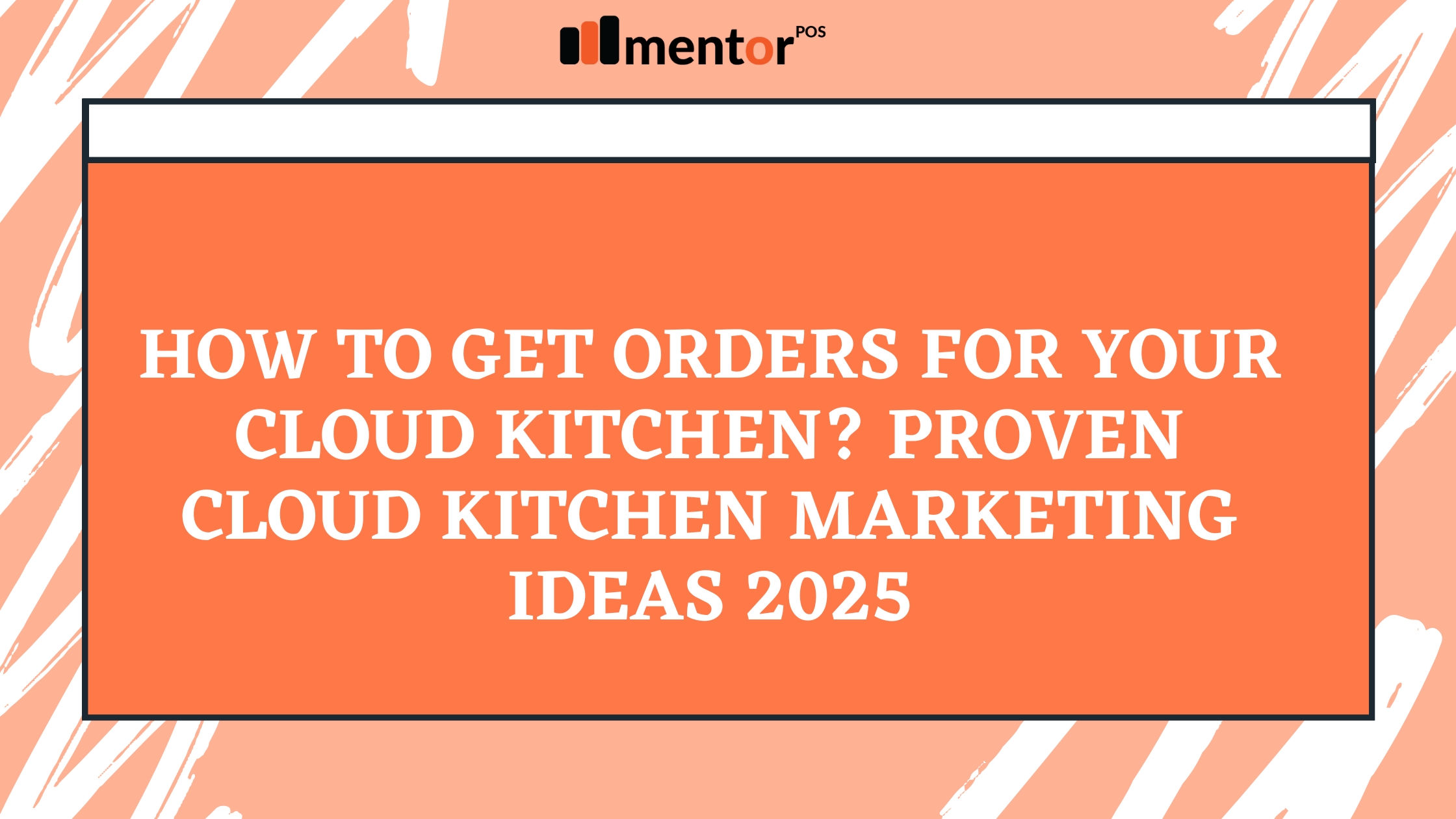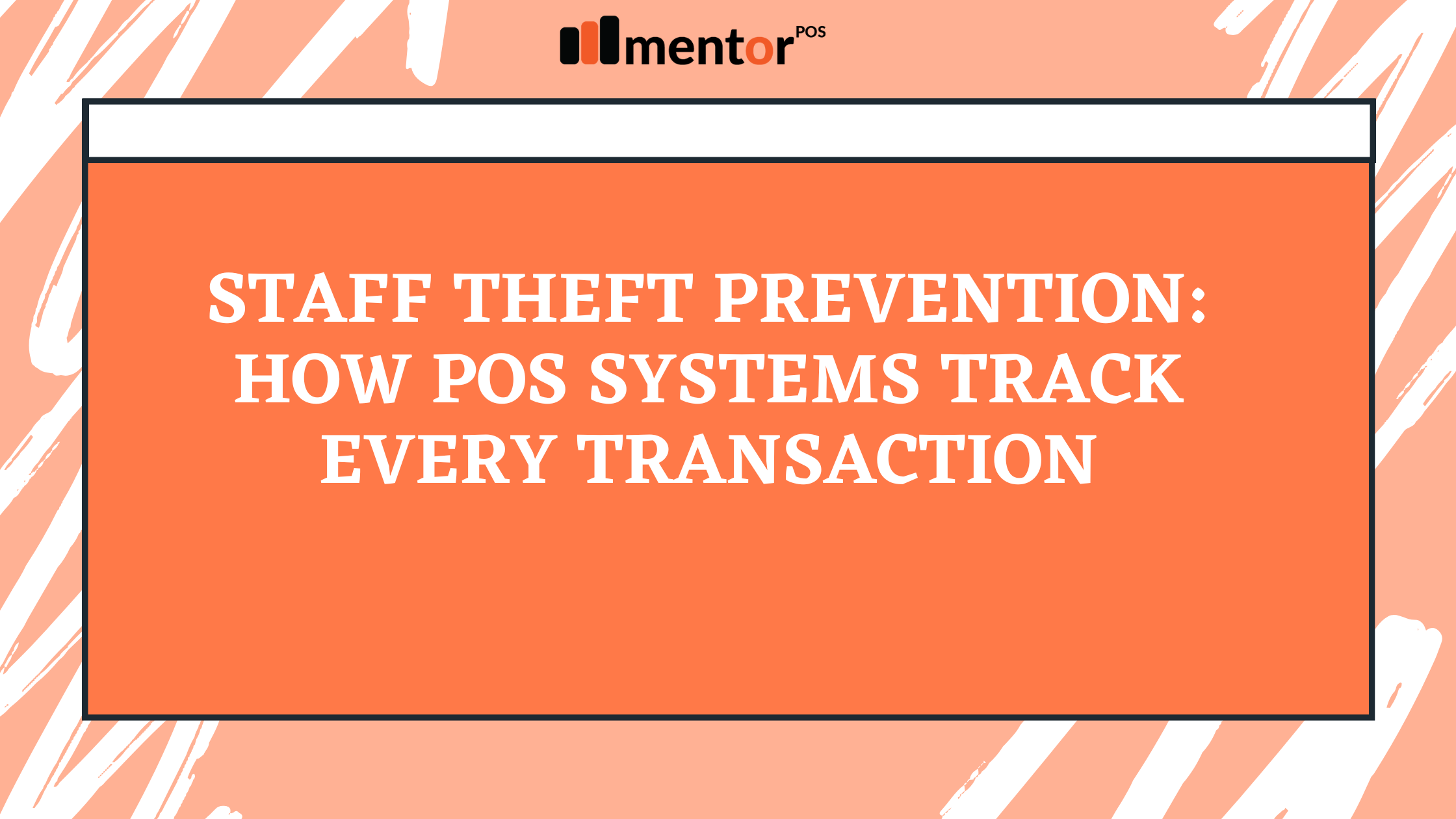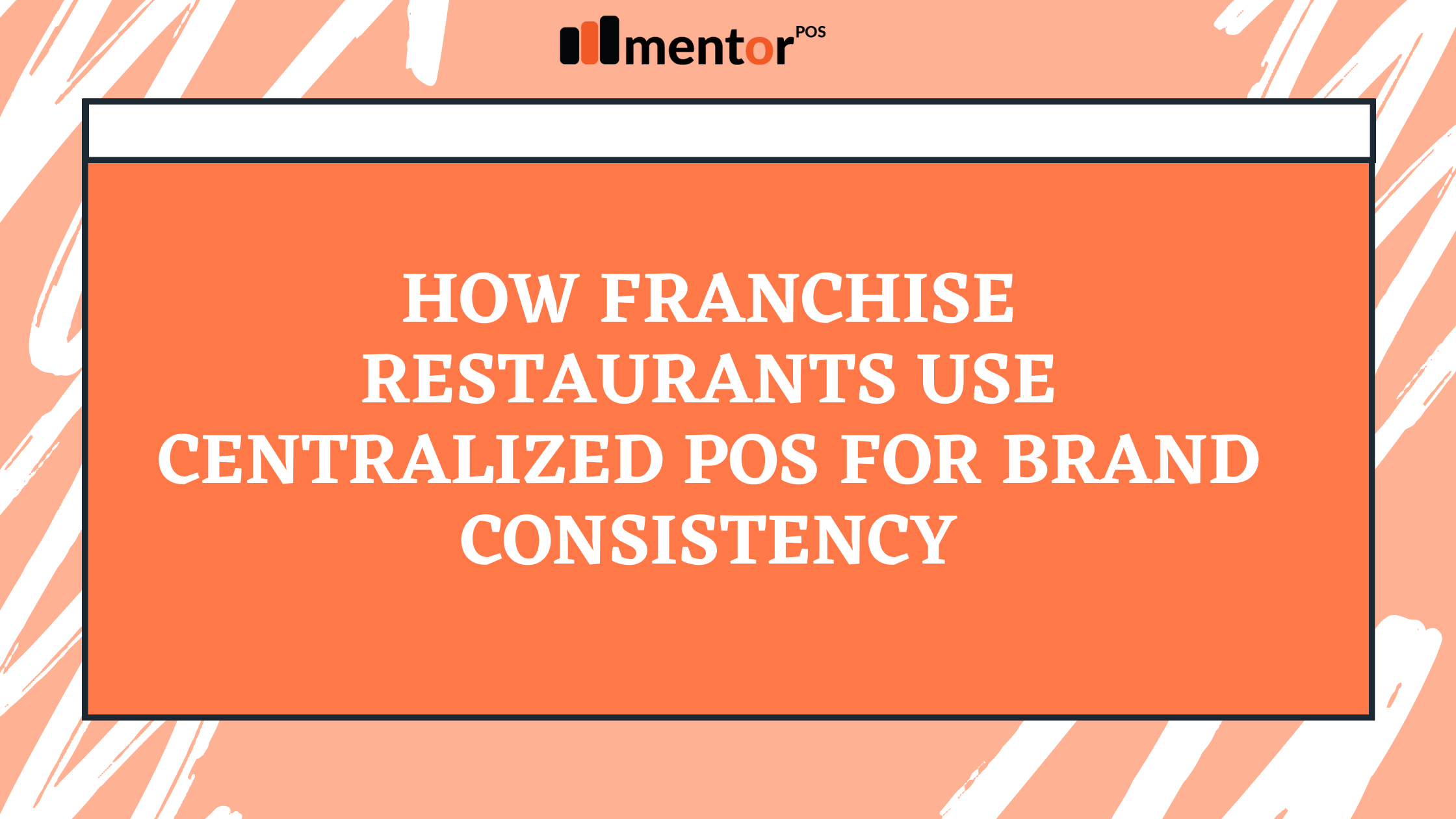The cloud kitchen model is redefining the food and beverage industry. With lower overhead costs, no dine-in space, and the ability to cater to multiple brands from one kitchen, cloud kitchens offer a leaner way to run a food business. However, the real challenge isn’t cooking—it’s getting consistent orders in a highly competitive online marketplace. As we step into 2025, it’s crucial to stay ahead with smart, updated marketing strategies tailored for cloud kitchens.
In this blog, we’ll cover actionable and proven cloud kitchen marketing ideas that will help you drive more orders and build a loyal customer base.
1. List on All Major Food Delivery Platforms
The first and most essential step is visibility. Get your cloud kitchen listed on popular food delivery apps like Swiggy, Zomato, Uber Eats, and Dunzo (if available in your region). These platforms already have massive user bases and offer in-app promotions that can help your brand get discovered.
Tips:
- Use high-resolution food photos.
- Write tempting descriptions.
- Keep your menu optimized and updated.
- Leverage “Buy 1 Get 1” and limited-time deals to attract new users.
2. Build a Strong Google Business Profile
While cloud kitchens don’t have a physical dine-in space, customers still search for food “near me” on Google. Having a verified Google Business Profile helps you appear on Google Maps and search results.
Make sure to:
- Add complete business information.
- Include mouth-watering photos of your food.
- Ask satisfied customers to leave reviews.
This boosts your visibility and builds trust instantly.
3. Use Instagram to Drive Food Cravings
Instagram is your secret weapon in 2025. People eat with their eyes first, and platforms like Instagram are perfect for showcasing your food.
Content Ideas:
- Short recipe reels or behind-the-scenes.
- Daily specials and limited-time dishes.
- Customer-generated content (reposts and shout-outs).
- Polls and Q&A stories to engage your audience.
Add ordering links in your bio or use tools like Linktree to connect to multiple delivery platforms.
4. Run Hyperlocal Ads
For cloud kitchens, location-based advertising is highly effective. Platforms like Facebook, Instagram, and Google Ads allow you to target people within a 3–5 km radius of your kitchen.
Focus on:
- Time slots when people are likely to order (lunch, dinner).
- Promoting your bestsellers or value meals.
- Offering coupon codes to first-time customers.
Keep your creatives visually rich, and include a clear call-to-action like “Order Now on Zomato.”
5. Collaborate with Micro-Influencers and Food Bloggers
Influencer marketing works wonders for cloud kitchens. Local food bloggers and micro-influencers (those with 5K–20K followers) often have loyal audiences who trust their recommendations.
Send them your best-selling items, request an honest review, and encourage them to tag you in stories or posts. Their followers may become your new customers!
6. Create a Referral and Loyalty Program
Don’t let your existing customers be a one-time sale. Offer them discounts or cashback on their next order if they refer a friend. Use loyalty programs to reward repeat customers with free add-ons, coupons, or exclusive access to new menu items.
You can set this up using simple integrations or manually track codes through WhatsApp or your website if you’re just starting.
7. Optimize for WhatsApp Ordering and CRM
Many people prefer ordering directly over WhatsApp. Use WhatsApp Business API to:
- Send menu updates.
- Share special offers.
- Take orders.
- Confirm deliveries.
Build a customer database and send regular updates or festive offers. Just ensure you’re not spamming—value is key.
8. Use Cloud Kitchen Aggregators and Marketplaces
Apart from Zomato and Swiggy, you can join cloud kitchen-specific marketplaces or aggregators that focus on promoting home kitchens, small brands, or multi-brand cloud kitchens.
These platforms often have lower commissions and niche audiences who are eager to discover new food experiences.
9. Offer Meal Combos and Subscription Plans
In 2025, customers love value and convenience. Create family combos, single-serve meal boxes, or weekly tiffin plans that cater to office-goers and students.
You can promote these on social media, Google, and WhatsApp or run offers like:
- 3 meals for ₹299.
- Subscribe for 5 days and get 1 day free.
10. Track, Analyze & Evolve
Lastly, always analyze what’s working and what isn’t. Use tools like Google Analytics, insights from Swiggy/Zomato dashboards, and Instagram analytics to understand:
- Which dishes are most popular?
- What times bring in the most orders?
- Which ads drive more clicks and conversions?
Use this data to make better decisions—from pricing to promotions and marketing content.
Conclusion
Getting orders for your cloud kitchen is not just about making great food—it’s about smart visibility, consistent engagement, and localized marketing. By using these proven strategies and adapting to evolving customer preferences, your cloud kitchen can go from a hidden gem to a local favorite in 2025.
Ready to serve more smiles? Start implementing these ideas and watch your order volume soar!







